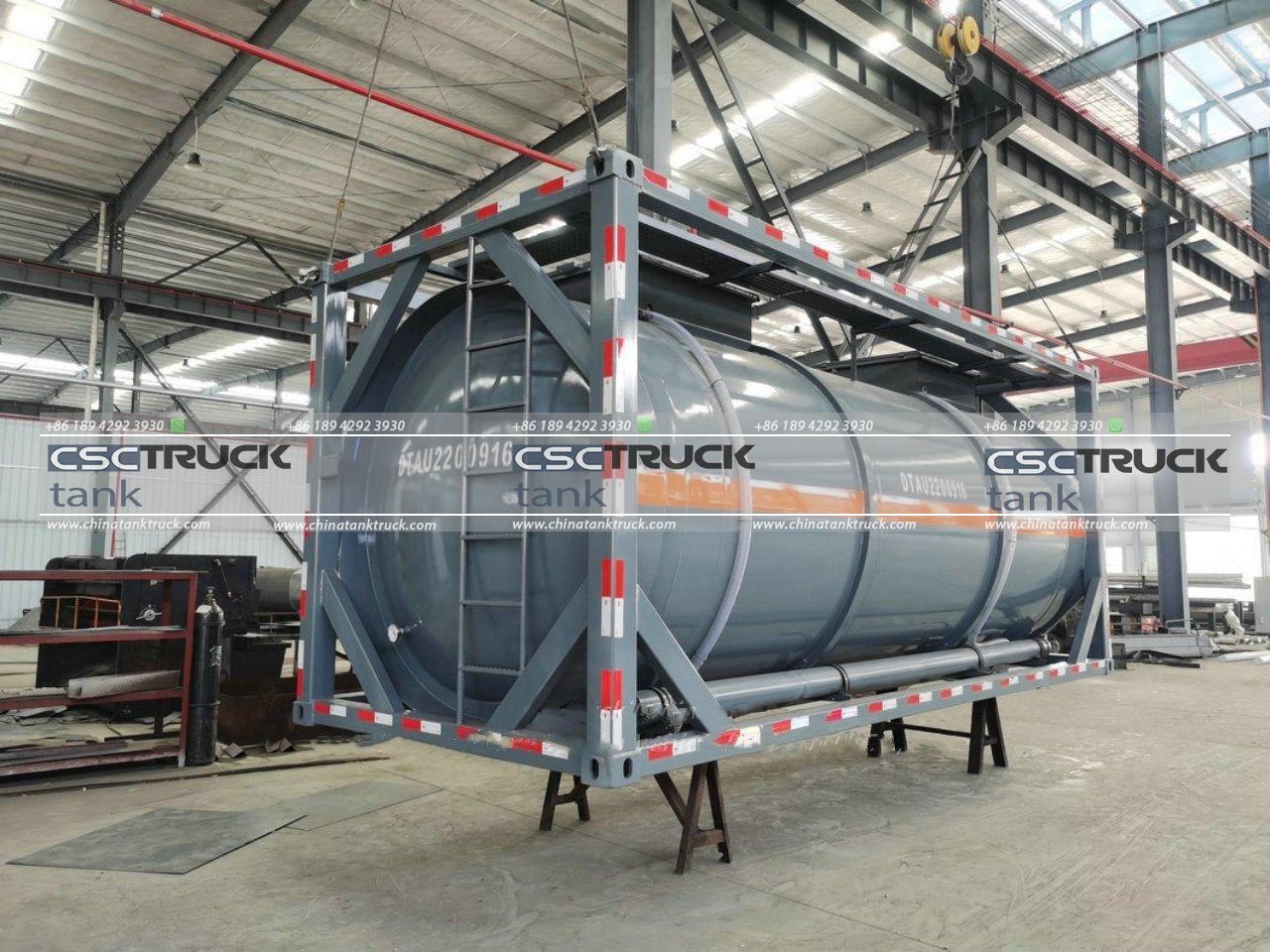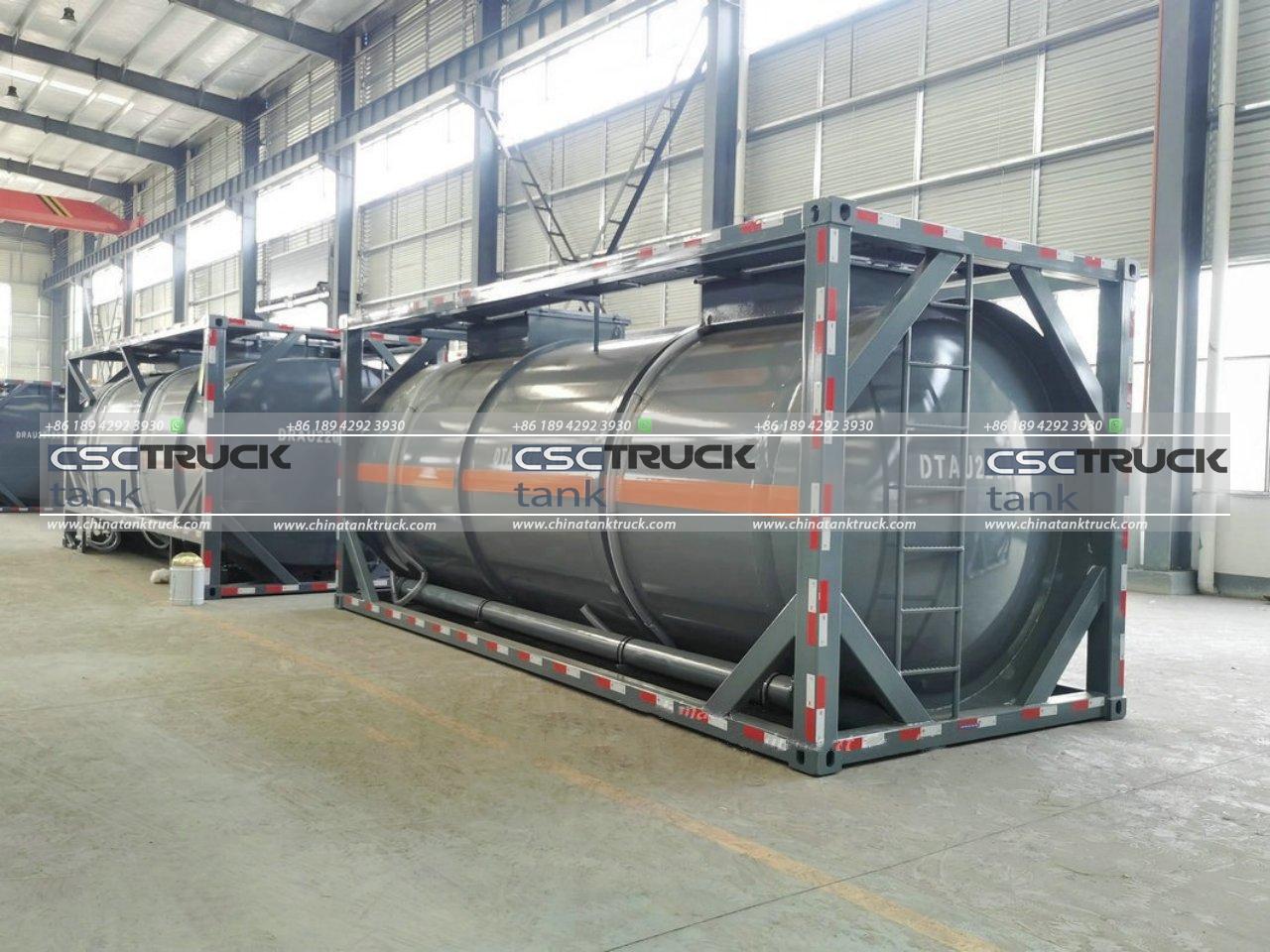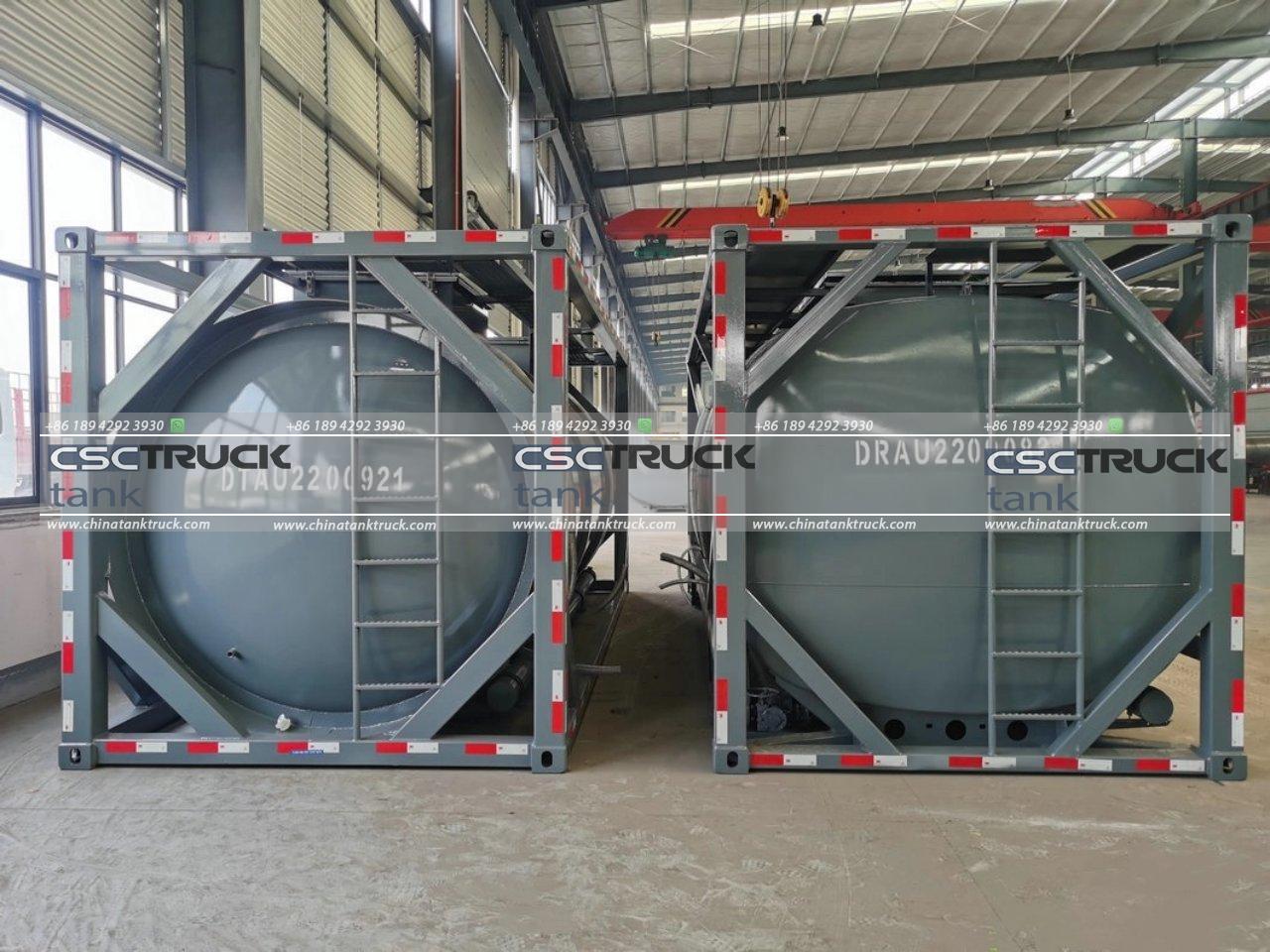How Long are ISO Tanks?
ISO tanks, also known as ISO tank containers, play a crucial role in the transportation of liquid cargo around the globe. Designed to meet international standards for shipping and handling, these tanks are essential for moving chemicals, food-grade liquids, and other materials safely and efficiently. One of the key factors that define their utility is their size, specifically their length. In this article, we’ll explore the dimensions of ISO tanks, the factors affecting their length, and the implications for logistics and transportation.
Understanding ISO Tanks
ISO tanks are standardized containers designed to be mounted on a chassis for transportation. They are built to international standards set by the International Organization for Standardization (ISO). The tank itself is typically constructed from stainless steel or other durable materials and is enclosed within a framework that can be easily handled by cranes and other machinery.
These containers are used for a wide range of products, including hazardous materials, food products, and pharmaceuticals. Their design ensures that the contents are secure and protected from external elements during transport.

Standard Length of ISO Tanks
The standard length of ISO tanks is closely linked to the dimensions of ISO containers. While ISO containers come in several lengths, ISO tanks are predominantly available in two standard lengths:
1. 20 Feet: This is the most common size for ISO tanks. A 20-foot ISO tank has a length of approximately 6.1 meters (20 feet). This site is particularly popular because it balances capacity and ease of handling. The 20-foot tank is often used for various liquids, including chemicals and food-grade products.
2. 40 Feet: The 40-foot ISO tank measures around 12.2 meters (40 feet) in length. This larger tank is ideal for transporting greater volumes of liquid cargo. It’s commonly used in industries where bulk transportation is required, such as petrochemicals and large-scale food production.
Factors Affecting ISO Tank Length
Several factors influence the length of ISO tanks, including:
– Cargo Volume: The volume of liquid that needs to be transported significantly impacts the tank’s size. Larger volumes require longer tanks or multiple tanks.
– Transport Regulations: Different countries and regions have varying regulations regarding the dimensions of transport containers. ISO tanks must comply with these regulations to ensure safety and legal compliance.
– Logistics and Handling: The length of the tank also affects its handling and transportation logistics. Longer tanks require specialized handling equipment and may have different loading and unloading requirements compared to shorter tanks.
– Type of Cargo: The nature of the cargo being transported can influence the tank’s design. For example, certain chemicals may require additional safety features or modifications that impact the overall dimensions of the tank.

Implications for Logistics and Transportation
The length of ISO tanks has significant implications for logistics and transportation:
1. Compatibility with Transportation Modes: ISO tanks must be compatible with various transportation modes, including ships, trains, and trucks. The standard lengths of 20 and 40 feet align with international shipping containers, making them suitable for intermodal transport. This standardization simplifies the logistics process, allowing for seamless transfers between different transport modes.
2. Space Optimization: The length of the ISO tank affects how many containers can be loaded onto a transport vehicle or vessel. For example, a 40-foot tank might limit the number of containers that can fit in a given space compared to a 20-foot tank. This optimization is crucial for maximizing cargo capacity and reducing transportation costs.
3. Cost Considerations: Larger ISO tanks, such as the 40-foot models, generally have higher costs associated with their transportation and handling. These costs must be weighed against the benefits of transporting larger volumes of cargo. In contrast, 20-foot tanks may offer more flexibility and lower costs for smaller shipments.
4. Regulatory Compliance: Ensuring that ISO tanks meet local and international regulations is essential for smooth operations. The standard lengths of 20 and 40 feet help ensure that tanks comply with global shipping standards, reducing the risk of regulatory issues during transport.
5. Safety and Stability: The design and length of ISO tanks also impact their safety and stability during transit. Longer tanks may have different stability characteristics compared to shorter ones, which must be considered to prevent accidents and ensure safe handling.
Innovations and Variations
While the standard lengths of ISO tanks are well-established, there have been innovations and variations in tank design to meet specific needs:
– Custom Lengths: Some industries require custom-sized tanks that deviate from the standard lengths. These custom tanks are designed to fit specific cargo volumes or operational requirements.
– Specialized Tanks: Depending on the cargo, specialized ISO tanks with additional features such as heating or insulation may be used. These features can affect the overall dimensions and length of the tank.

Conclusion
The length of ISO tanks is a critical aspect of their design, affecting their capacity, handling, and compatibility with transportation modes. The standard lengths of 20 and 40 feet provide a balance between volume and practicality, ensuring that these containers can meet the demands of various industries efficiently. Understanding the implications of tank length helps businesses optimize their logistics operations, ensure regulatory compliance, and manage costs effectively. As the global trade landscape evolves, the design and standardization of ISO tanks will continue to play a vital role in the transportation of liquid cargo across the world.

